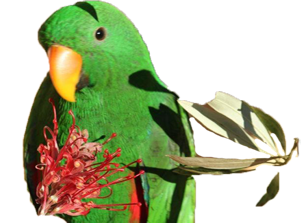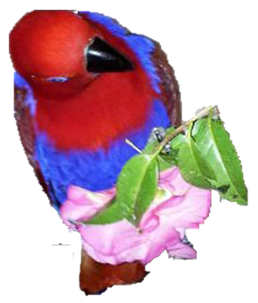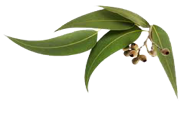When we say ‘Edible’, it doesn’t always mean they are specifically what your bird will enjoy, will eat or is highly nutritional. The word ‘Edible’ simply means they are safe if they are eaten and not toxic. Some flowers have no value nutritionally while others will be highly nutritional. Either is fine for your parrot to eat. Try as many edible flowers as you can for your birds. Most birds do enjoy eating them.


Acacia
Anise (Pimpinella anisum)
Apple
African Tulip Tree (Spathodea campanulata)
Apple (Malus domestica)
Bald Cypress (Taxodium distichum)
Basil (Ocimum basilicum)
Bee Balm (Monarda)
Borage (Borago officinalis)
Bottlebrush (Callistemon spp.)
Calendula (Calendula officinalis) Sometimes called "poor man's saffron",
Carnation (Dianthus caryophyllus)
Chamomile (Chamaemilum nobile) Especially good for parrots when calming influence is needed.

Gypsy eating camellia flower
Edible Flowers
TIP: when offering old world flowers such as Roses, try the old traditional ones. They seem more appealing to animals as they have a stronger scents and tastes than the newer versions of flowers.

Stan eating grevillea



